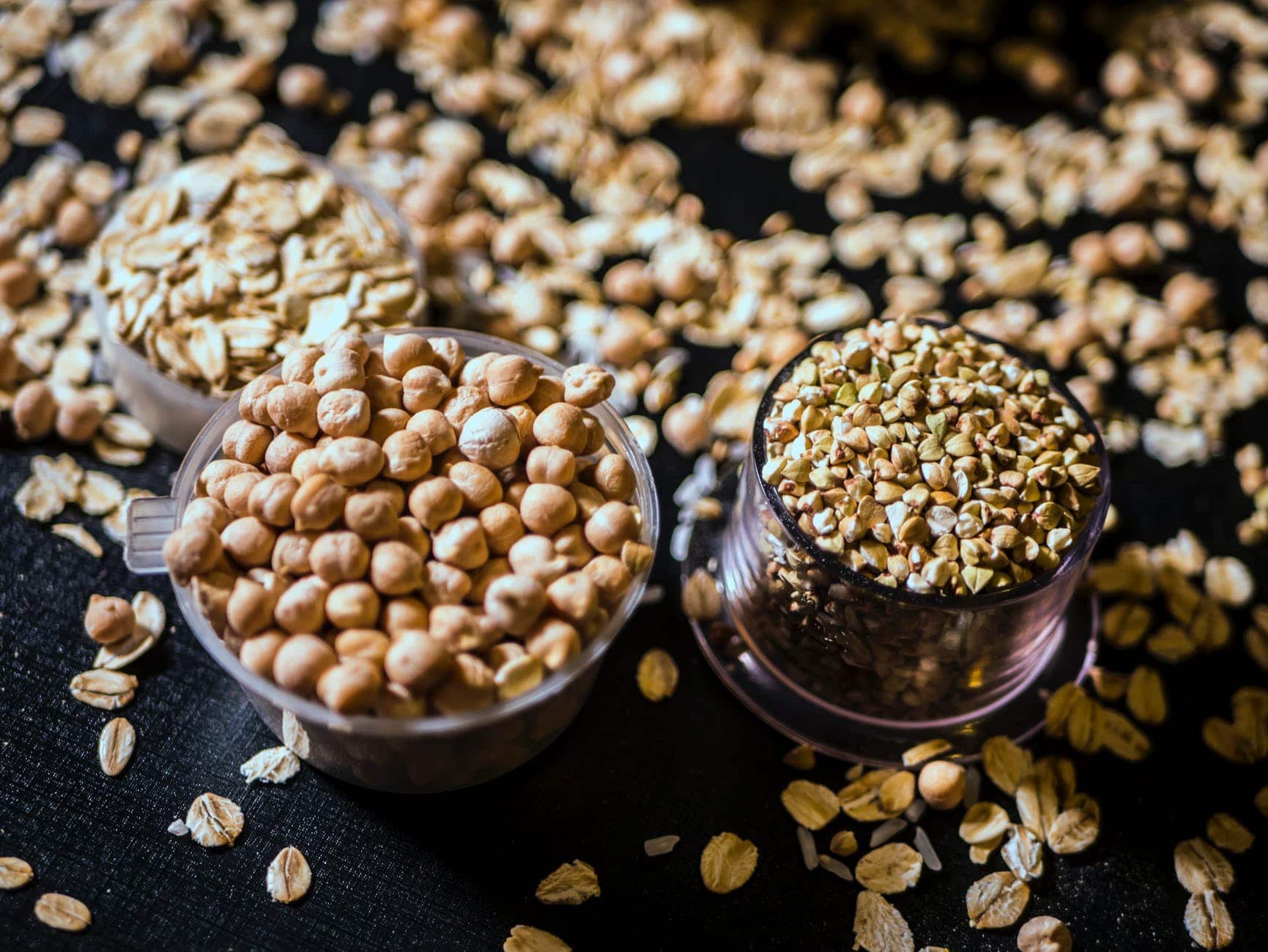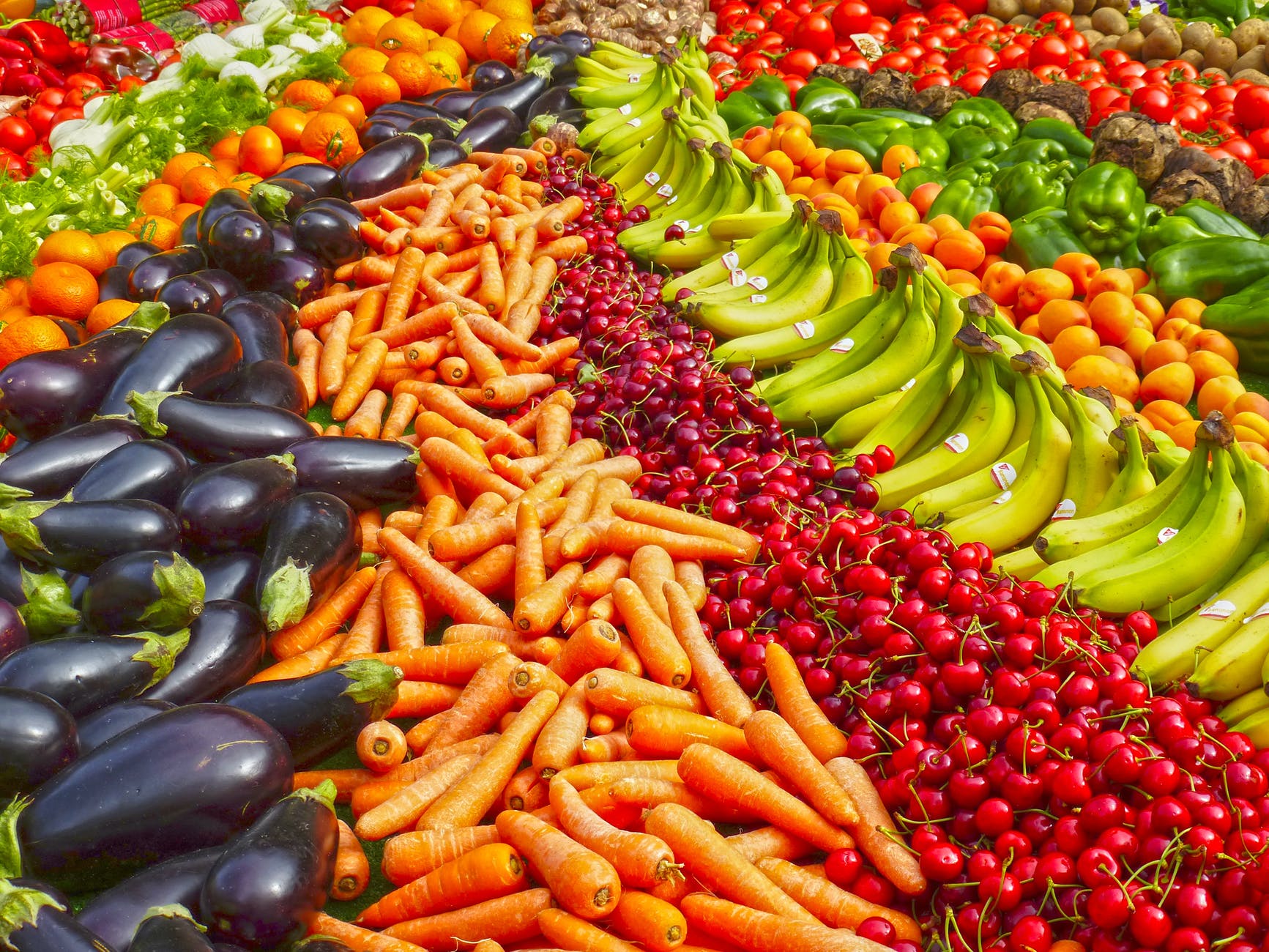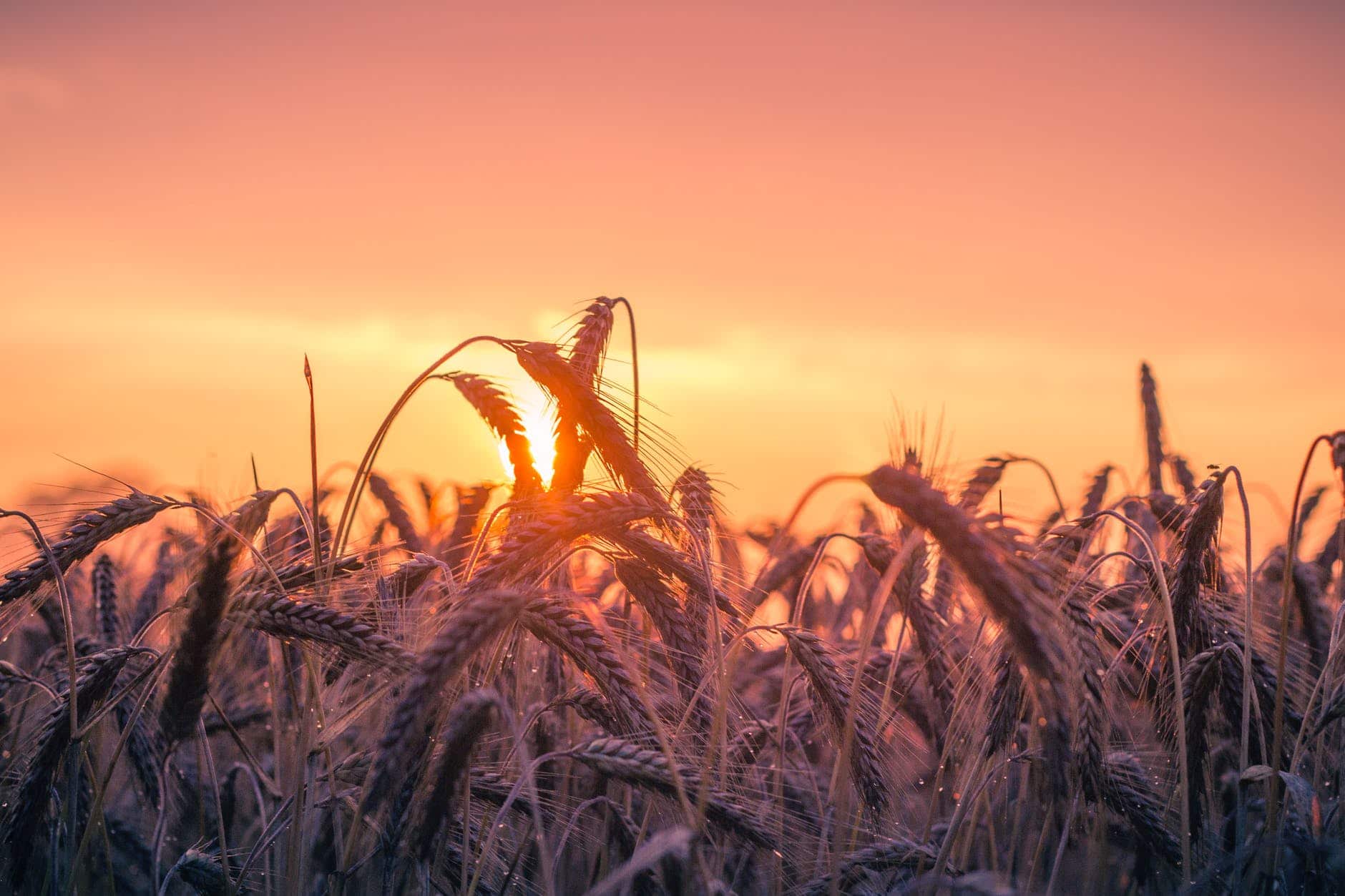“Eat more fiber” is one of those nutrition goals that sounds great. But what does that really mean? The word fiber conjures images of celery or lentil casseroles that are big on health, low on flavor. What will eating that do for our health?
As it turns out, fiber can do a lot for our health, and it doesn’t even have to be boring and tasteless.
As we get older, fiber becomes more important to our health. High fiber foods improve digestion and alleviate stomach problems and they address more serious conditions as well.
It’s easy to ramp up your fiber intake just through diet changes. Adding more fruits, vegetables, legumes, and whole grains to your daily meal plan is easy and delicious.
Learn more about the amazing benefits of fiber and what it can do for your health.
What is Fiber Anyway?

Fiber is a complex carbohydrate that the body can’t digest. It moves through our digestive system intact and acts like a giant snowball rolling down a hill. The fiber collects unneeded substances (like cholesterol!) and carries them out when we go to the bathroom.
Why Is Fiber Good for Us?

For something that we don’t actually digest, fiber has a fantastic array of health benefits. Fiber comes in two different forms, each of which has very important jobs.
Soluble fiber mixes with water to become a gel that picks up sugars or fats and helps us get rid of them. Insoluble fiber is primarily found in vegetables and whole-grain seeds and nuts. Insoluble fiber stays more solid and acts like digestive velcro: the fiber collects waste and helps move it out of our bowels more efficiently.
Fiber is positively associated with improving some health conditions:
- Heart Disease: Fiber helps bind and eliminate blood cholesterol from the body, thus lowering cholesterol levels. The benefits are significant: lower blood pressure, lower risk of coronary heart disease, and better metabolic health.
- Diabetes: Fiber is also good at reducing blood sugar levels. Keeping blood sugar regulated and lowers the risk of Type II diabetes.
- Breast Cancer: Women who eat more high fiber foods when they’re young show a reduced incidence of breast cancer later in life.
- Diverticular disease: This type of intestinal inflammation is common among older people, resulting in complications. If the inflamed tissue becomes infected, it can cause pain, fever, and require surgery. Fiber helps overall digestion so that the inflammation is less likely to start in the first place.
- Constipation: Chronic constipation is miserable. It’s uncomfortable, and the straining to move your bowels can aggravate hemorrhoids or hernias. A fiber-rich diet helps move waste out of our bowels with less effort.
From a general nutritional standpoint, eating fiber-rich foods is a great idea, even if you’re not concerned about the problems listed above. The foods with the highest fiber content also happen to be food with a wealth of other nutrients. Fruits and vegetables are packed with fiber, as well as being good sources of vitamins. Whole grains, beans, and nuts offer low-fat sources of protein along with fiber.
Adding more of these foods into your diet will give you a boost of nutrients, energy, and some tasty variety to your usual meal plan.
What are Daily Fiber Guidelines for Men and Women Over 50?
Knowing you should eat fiber and knowing how much fiber you should eat are two different things.
Women over 50 should shoot for a minimum of 21 grams of fiber per day. Men should aim for a minimum of 30 grams per day. At the higher end of the spectrum, 35 grams would be the maximum for women, and 45 grams per day for men.
These are ranges you should consider experimenting with. As we age, digestion and nutrient absorption slow down, so you may find you can only tolerate so much.
For reference, a medium apple has about 3.3 grams of fiber in it. A half-cup of black beans contains just over 7 grams of fiber. Three-quarters of a cup of oatmeal has a little over 4 grams.
Basically, you need four to six servings of fiber-rich foods per day to get your daily dose.
What are Some High Fiber Food Recommendations?

Don’t be scared into thinking that a high fiber diet means nothing but wheat germ and prune juice. Most plant-based foods have fiber in them naturally. You can get your fiber fix by eating your favorite fruits, veggies, beans, and nuts.
If you’re looking to prove your cholesterols numbers and manage blood sugar, you should eat more water-soluble fibers. Some food that offer a lot of soluble fiber include:
- Black beans
- Lima beans
- Brussels sprouts
- Avocado
- Sweet potato
- Broccoli
- Turnips
- Pears
If your priority is using fiber to regulate your digestive system, you should focus on eating the insoluble fiber that prevents constipation. Food with insoluble fiber include:
- Whole wheat flour
- Wheat bran
- Cauliflower
- Green beans, and
- Potatoes
- Brown rice
- Nuts and seeds
You shouldn’t increase your fiber intake all at once. Too much can lead to constipation, one of the conditions you’re probably trying to avoid!
Gradually increase the amount of fiber in your diet and make sure to drink plenty of water as well. Fiber absorbs water to add bulk to your stool. Making sure you get enough water not only supports this process, but also helps prevent dehydration.
Here are some more high-fiber foods:

Why is it Better to Eat Fiber Instead of Taking a Supplement?
In general, experts suggest eating foods that are naturally high in fiber to get to meet your intake goal and reap the health benefits of fiber. Eating your fiber helps keep you fuller longer. This is helpful when you’re wanting to reduce your overall calorie intake. Fruits, veggies, and legumes all have a host of vitamins and minerals as well as fiber, so they give you more bang for your fiber buck.
Fiber supplements, such as Metamucil or processed foods with added fiber, don’t have the same array of nutrients as whole foods. If you don’t consume enough water with fiber supplements, the powder can bulk up too much and leave you at risk for difficulty swallowing it or constipation. Some people also complain that fiber-added products leave them feeling bloated or gassy.
However, supplements and added fiber are helpful if diet changes aren’t enough or if you have other medical conditions that restrict what you can eat. Your doctor can help you decide which types of fiber will best suit your health.
Final Words
Adding more fiber-rich food to your diet is an easy way to improve your overall health. Your digestion may improve and you can reduce your risk of heart disease and diabetes.
Fiber doesn’t even have to be complicated or costly. Beans, veggies, and fruits are all you need to get more of this vital nutrient every day.
Besides, its tough to argue the health benefits of fiber!

